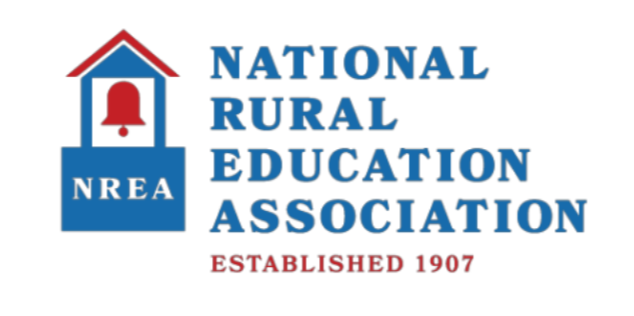Please read the joint letter of support from National Rural Education Association and NTCA-The Rural Broadband Association on virtual learning and broadband access. You can also access the letter here.
----------------------
July 22, 2020
Dear NTCA and NREA Members:
Parents across the country are starting to receive information from schools about fall reopening plans, and more jurisdictions will follow in coming days and weeks. In every case, administrators, teachers, and parents are all being asked to choose from unprecedented options and based upon imperfect information. But, even with all of the lingering uncertainty, one thing is clear – regardless of how they handle in-person instruction, every school needs to be ready for the prospect of remote learning this fall as well.
Schools worked as hard and as creatively as they could on short notice in the spring to move to remote learning as the pandemic broke. With the time remaining before the fall, however, we need to do more to make sure this is an improved experience for all involved. One of the key barriers to implementing successful remote learning is the connectivity each student has at home. The best plan for remote learning will be undermined greatly if individual students can’t participate in that instruction.
To overcome this challenge, we need to start working now – and this starts by having local schools and local broadband providers just talk with each other. Many times, we hear concerns raised about students not having “access” to broadband at home. But “access” isn’t a singular problem. In some cases, access means a house has no connection at all – the customer literally cannot order a fixed broadband connection to that location. In other cases, access means a house actually has a connection, but the customer isn’t subscribing to service.
With these twin problems of “access” defined, the best way to tackle each is to figure out where each is an
issue. And this is where a simple process built upon a dialogue between local schools and local providers comes
into play:
1. A local school determines which of their its students don’t have “access” – we won’t know necessarily what kind of access issue exists (availability or adoption), but this is the starting point.
2. The local school works with local providers to identify if the addresses in question are connected – that is, services are available – but the customer just isn’t subscribing.
3. Where no local provider can deliver service to a house, the school may need to step in to help establish a connection to that house as soon as possible. CARES Act funding could be used for this purpose (as some are already considering) or Congress could appropriate additional funds for this specific purpose. To make the best use of limited funds, however, this should only be done for houses that truly lack any broadband connection already.
4. Once a connection is in place – whether because a local provider confirms it can deliver service
already or because a new connection has been deployed – we should look to lower the cost of
subscription for those customers in need. This could be through a combination of a provider offering
discounts or free service for a period of time and/or the school using funds (such as those provided
by the CARES Act) to subsidize service for houses in need. (Ultimately, we believe Congress should
fund a program to help subsidize broadband subscriptions for more of those in need.)
This simple process can be done relatively quickly, but we have to turn to it right away. It is already working in jurisdictions, bigger and more urban or smaller and more rural. If we can work through this process and define “access” in the right way, we can fix it for as many American students as possible before the fall semester begins. But if we don’t follow a process like this, we risk wasting funds to fix the wrong “access” problem at any given house – putting up networks where they aren’t needed or failing to subsidize services where adoption is a challenge – and we risk leaving students offline come the fall. This is a mistake we can’t afford to make. So, we would urge every school and every local broadband provider to start talking right now and to figure out which specific “access” problem needs solving for every student.
Our two organizations, the National Rural Education Association and NTCA–The Rural Broadband Association stand ready to help you connect the dots on the ground to ensure that these critical conversations can start taking place sooner rather than later. The ability to bridge the gap for this future generation.
Sincerely,
Shirley Bloomfield
Chief Executive Officer
NTCA–The Rural Broadband Association

Allen Pratt, Ed.D.
Executive Director
National Rural Education Association

NTCA–The Rural Broadband Association, 4121 Wilson Blvd. Suite 1000, Arlington, VA 22203, www.ntca.org National Rural Education Association, 615 McCallie Ave., Hunter Hall 205, Chattanooga, TN 37403, www.nrea.net

